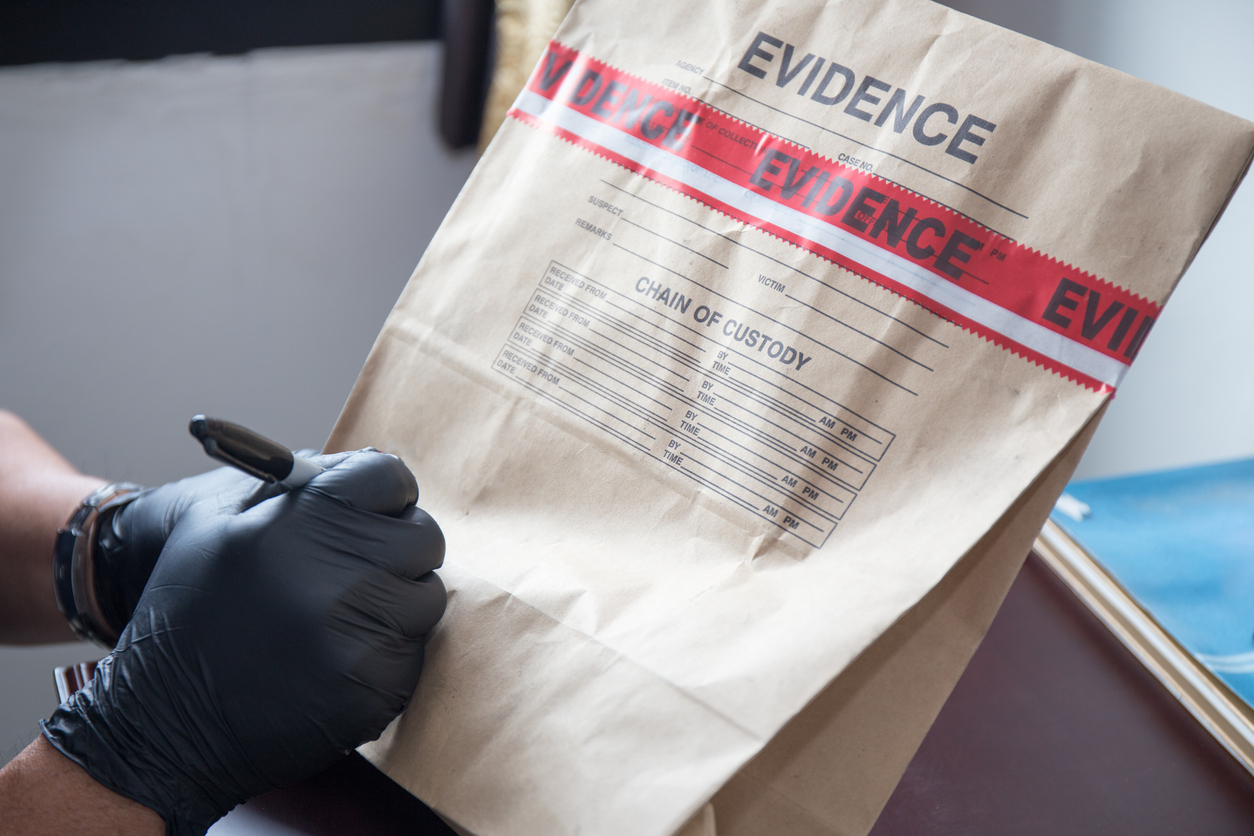Car accidents can lead to complicated legal battles. Whether it’s a fender bender or a catastrophic crash, the outcome of a personal injury case often depends on the quality and quantity of evidence. Understanding how evidence shapes the legal process is essential for attorneys, adjusters, and anyone involved in litigation.
In car accident cases, evidence helps prove who was at fault, how the crash occurred, and what losses were suffered. Without it, even the most deserving claim might fail. If you or someone you know has been involved in a car accident, consulting a car accident lawyer can provide crucial guidance.
Why Is Evidence So Important in a Car Accident Case?
In any civil case, the burden of proof initially falls on the party making the claim. For car accident lawsuits, this means the plaintiff must show that the other driver was negligent and that this negligence caused harm. Evidence provides the foundation for meeting that burden.
It also plays a critical role during negotiations with insurance companies. Insurers will often fight hard to minimize payouts. Solid proof can strengthen your position and lead to a faster and fairer resolution.
Key Types of Evidence in Auto Accident Litigation
Several types of evidence can help paint a clear picture of what happened. The more complete and well-documented the evidence, the stronger your claim.
Police Reports
One of the first and most important documents is the crash report prepared by law enforcement. It often includes a preliminary assessment of fault, driver statements, and a diagram of the scene. Though not always admissible in court, it can be persuasive during settlement talks.
Photographs and Videos
Photos of vehicle damage, road conditions, skid marks, traffic signals, and injuries provide a visual account that can support witness statements or challenge conflicting narratives.
Medical Records
Proof of physical harm is critical in a personal injury case. Hospital records, physician notes, and diagnostic test results help show the severity and nature of your injuries.
Witness Statements
Neutral third parties who saw the accident can provide essential context. Their testimony can be especially valuable when there are conflicting versions of events.
Expert Testimony
Accident reconstructionists, biomechanical engineers, and medical experts can help explain how the accident happened and how it impacted the victim. This kind of testimony can help jurors understand complex issues like force of impact or long-term injuries.
Vehicle Data
Many modern cars contain onboard computer systems that record data such as speed, braking, and steering. This electronic evidence can be used to reconstruct the events leading up to a crash.
Handling Evidence Properly Matters
Even strong evidence can become useless if it’s mishandled. That’s why legal professionals must follow proper procedures when collecting, preserving, and presenting information.
Failing to secure evidence quickly can lead to it being lost or destroyed. For example, skid marks may fade, vehicles may be repaired, and witnesses’ memories can fade with time. Prompt action is often critical.
In addition, chain of custody and documentation rules must be observed to ensure that evidence is admissible in court. Improperly gathered or undocumented material may be excluded altogether.
Evidence Can Make or Break a Car Accident Case
In car accident litigation, evidence isn’t just helpful. It shapes every phase of the case, from initial negotiations to jury deliberations.
For lawyers, a deep understanding of what evidence to collect and how to present it can lead to better outcomes for their clients. When done right, the evidence tells a story that juries and insurers can’t ignore.
If you’re managing a car accident case, act quickly to secure the information you need. Your client’s recovery may depend on it.
